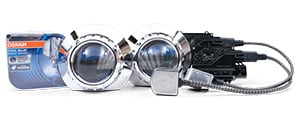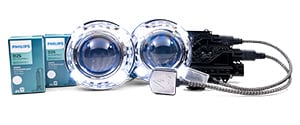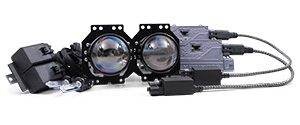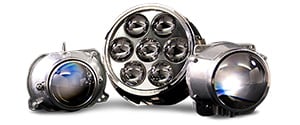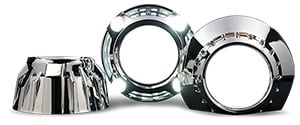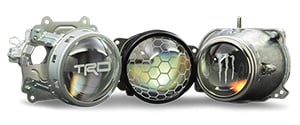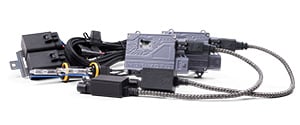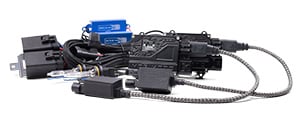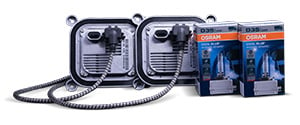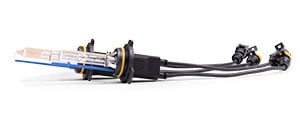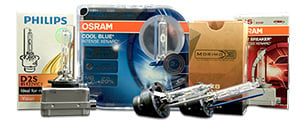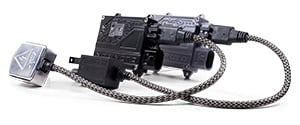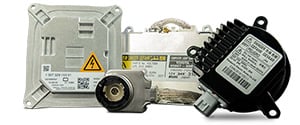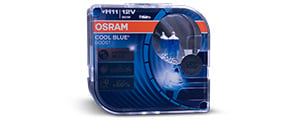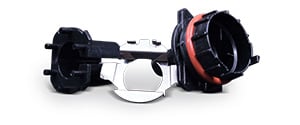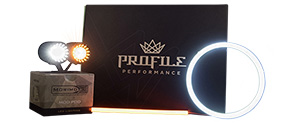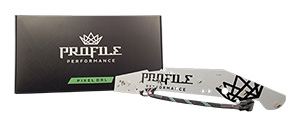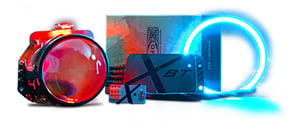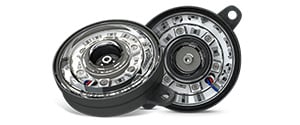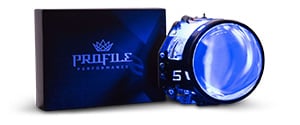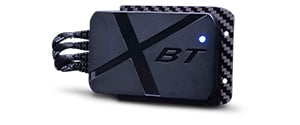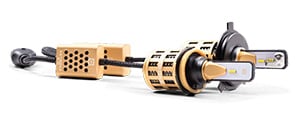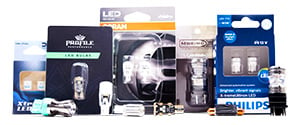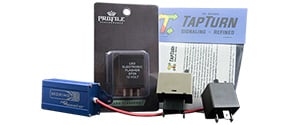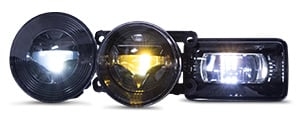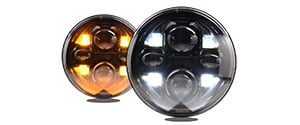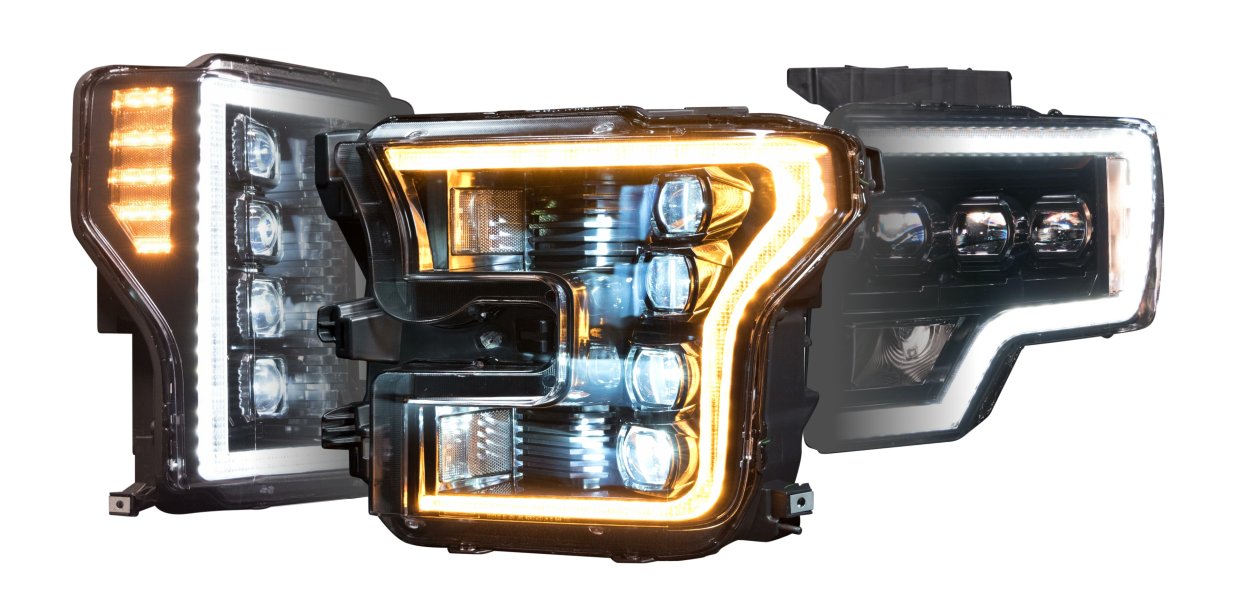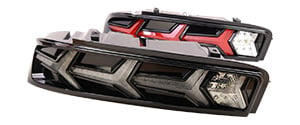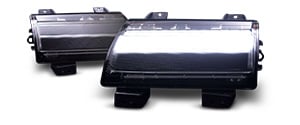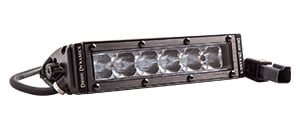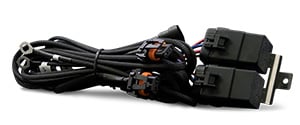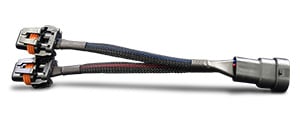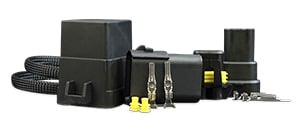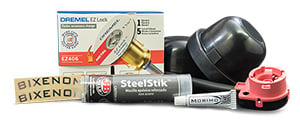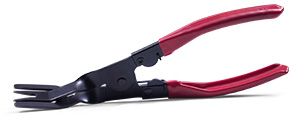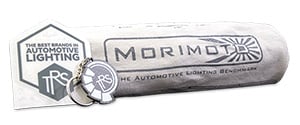Many drivers face a common question: should you replace both headlights when just one burns out? We'll discuss the advantages and disadvantages of replacing both headlights at once in this blog post. We will also help you make an informed decision based on your vehicle and driving experience.
When To Replace Both Headlights
Here are some reasons why you might want to replace both headlights even if only one has burned out:
Balanced Illumination
As headlights age, their brightness diminishes. Replacing both synchronously ensures equal illumination on both sides of the road, enhancing visibility and easing eye strain during nighttime driving.
Convenience
Changing both headlights at once can save time and effort in the long run, as you'll avoid repeating the process when the second headlight inevitably burns out.
Safety
Uneven illumination can be dangerous, making it difficult to clearly see road signs, pedestrians, or obstacles. Replacing both headlights can minimize this risk and promote safety for all road users.
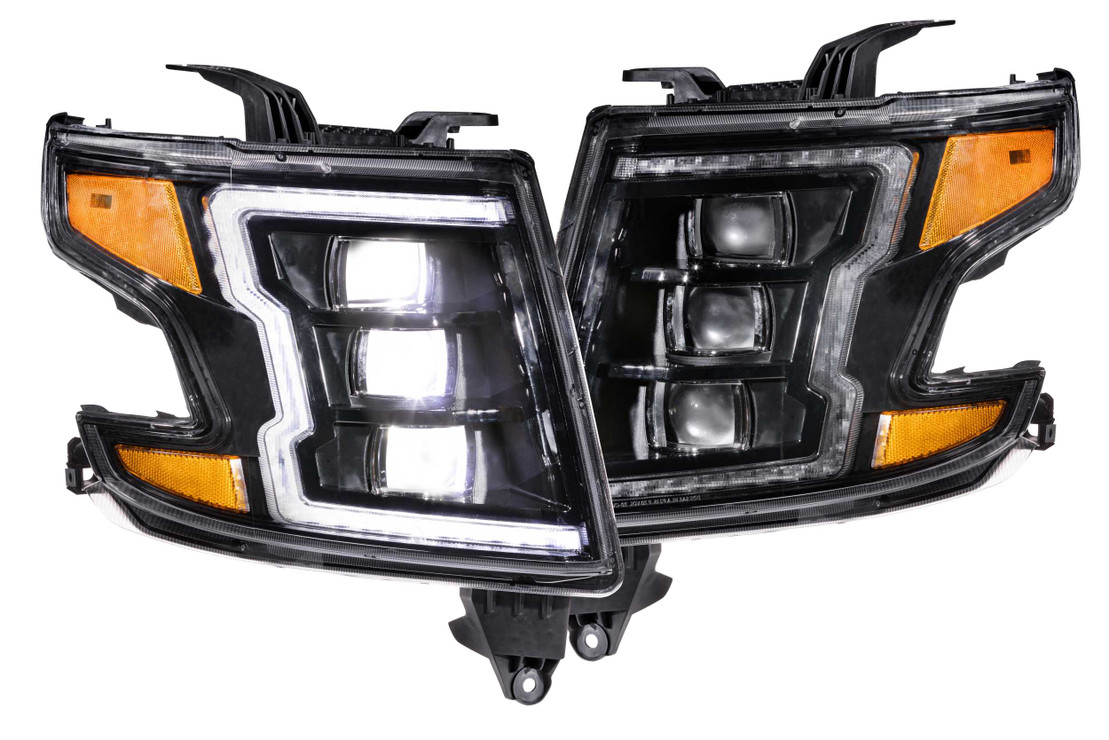
CHEVROLET TAHOE/SUBURBAN (15-20): XB LED HEADLIGHTS
Reasons to Replace Just the Burned-Out Headlight
In some cases, it may be better to replace only the burned-out headlight:
Cost Savings
If you're on a tight budget, you can save money in the short term by replacing only the burned-out headlight.
Different Bulb Types
If your low and high-beam bulbs are different types, you might not need to replace both headlights.
Recent Replacement
If you've recently replaced one of your headlights, replacing both may not be necessary when the other burns out.
9 Headlight Replacement Tips
Regardless of whether you choose to replace one or both headlights, follow these tips for a hassle-free replacement process:
- Consult Your Owner's Manual: Refer to your vehicle's manual for specific instructions on replacing your headlights, including any necessary precautions or tools required.
- Choose the Right Bulbs: Select the appropriate bulbs for your vehicle, considering compatibility, brightness, and color temperature.
- Check Wires and Connectors: Inspect any wires or connectors for damage or deterioration before replacing your headlights. Replace as necessary.
- Proper Alignment: After replacing your headlights, ensure they're correctly aligned to provide optimal illumination without causing glare for other drivers.
- Consider Upgrading: Replacing your headlights might be a good time to upgrade to a higher-quality bulb. LEDs and HIDs offer enhanced visibility, energy efficiency, and longevity.
- Replace in Pairs: If only one headlight has burnt out, it's generally recommended to replace both for consistent brightness and color temperature, which can also prevent another replacement in the near future.
- Use Gloves: Wear gloves when handling bulbs to prevent fingerprints, oil, or debris from affecting their performance or lifespan.
- Clean the Lens: Before installing new bulbs, clean your headlights' lenses to remove grime, dirt, or debris. This will help maintain clear light and maximize brightness and clarity.
- Test the Lights: After replacing your headlights, ensure they're functioning properly, including illumination and any automatic features.
You can trust The Retrofit Source to help you find the right automotive lighting upgrades. Watch our YouTube channel where we test and review new headlight upgrades if you're more of a visual learner. Don't forget to like and subscribe to our channel for the latest lighting upgrades. Our customer support team will be happy to assist you today.
This article is for educational purposes only and may show street-use examples with products that may not be DOT compliant for use on public roads. This article is not intended to imply vehicle-specific street legality. LED and HID bulbs are street legal in the USA for fog light use only and not in low beam or high beam headlights because they are not compliant with DOT / FMVSS108. When looking for on-road-use headlight upgrades we recommend DOT-compliant headlight housings, not bulb replacements. Certain specialty vehicles strictly limited to off-street use and not having DOT registration or license plates may use these products exclusively off-streets. International street legality varies by country. For detailed clarification on-street use, go to https://www.theretrofitsource.com/street-usage.
.png)
